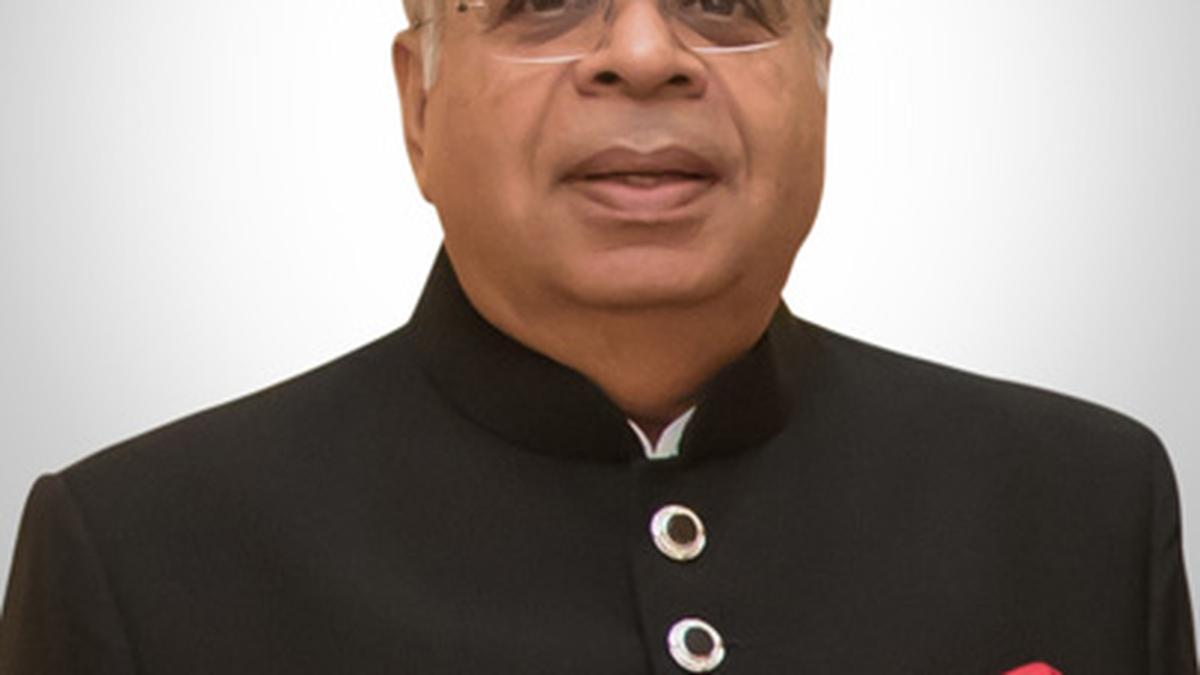The Union Budget for 2024-25, in my view, has certainly drawn up a detailed roadmap and laid foundations for ‘Amrit Kaal‘ to pursue the goal of a ‘Viksit Bharat’. The government has articulated well its planning to foster long-term growth drivers for sustainable development, improvement in productivity, and creating opportunities for all.
The Budget envisages sustained efforts on the nine priorities for generating ample opportunities for all covering improvement in productivity in agriculture, employment, skilling, manufacturing & services, urban development and infrastructure and energy security, innovation, research, etc.
Although there is nothing much to incentivise the market and investors due to increase in securities transaction tax (STT), additional capital gains tax, buyback taxation, no change in taxation for high income group segment, etc., I do not foresee a big shakeup as there cannot be gains without pains. In earlier Budgets, there were initiatives such as taxing of dividends in the hands of recipients, removal of tax exemption for long-term capital gains.
One other important aspect covering taxation, in my view, could be bringing down of the tax rate for foreign companies to 35% from 40%. The related part to this could be read with the Budget proposal for simplification to improve FDI, nudge prioritisation, and promote opportunities for using Indian rupee as a currency for overseas investments.
The notable provisions cover massive efforts for raising productivity in agriculture sector through research, developing the climate resilient and high-yielding varieties, initiatives to achieve self-sufficiency in pulses and oil seeds, implementation of the Digital Public Infrastructure (DPI) in agriculture for coverage of farmers and their lands in three years. The announcement to bring National Cooperation Policy to foster growth of the rural economy and generation of employment in this segment is also a welcome move. A provision of ₹1.52 lakh crore for these initiatives is significant.
Generation of employment for youth is quite challenging. The Budget has unveiled the initiatives to generate employment opportunities through employment-linked incentives based on enrolment in the EPFO with a focus on recognition of first-time employees, and support to employees and employers. The government is also planning a new centrally-sponsored scheme for skilling in collaboration with State governments and industry.
The Budget measures like Skill Loan Scheme, subsidised education loans of higher amount, supporting economic activities of craftsmen, artisans, SC, ST and woman entrepreneurs, and street vendors will go a long way in improving the all-round , all- pervasive and all-inclusive development of farmers, youth, women and poor.
For supporting promotion of manufacturing and services, the Budget contains proposals to set up industrial parks with complete infrastructure in or near 100 cities, in partnership with the States and private sector, reforms in shipping Industry, Critical Mineral Mission for domestic production, recycling of critical minerals, and overseas acquisition of critical mineral assets, digital public infrastructure.
In the area of urban development, the Budget has planned various initiatives such as creative brownfield redevelopment of existing cities, transit-oriented development for 14 large cities, subsidies for urban housing, bankable project for water supply, sewage treatment and solid waste management projects and services for 100 large cities, development of 100 weekly haats or street food hubs in select cities and lowering duties for properties purchased by women.
Infrastructure development needs significant investment and fiscal support. As announced in the Interim budget, there has been a proposal to provide ₹11.11 lakh crore for capital expenditure that amounts to 3.4% of the country’s GDP.
The Budget includes a proposal to formulate a policy document on appropriate energy transition pathways for resource-efficient economic growth, a policy for promoting pumped storage projects for electricity storage and integration of the growing share of renewable energy, plan to develop newer technologies for nuclear energy. The government will also provide the required fiscal support development of indigenous technology for Advanced Ultra Super Critical (AUSC) thermal power plants.
The most significant aspect of the Budget is fiscal management, which is worth taking into account the deficit placed at 4.9% of GDP for 2024-25 and the aim of the FM to bring it down to 4.5% next fiscal and a commitment to staying the course. Overall, the Budget shows that the government is continuing to pursue the path of fiscal consolidation and prudence while keeping the growth in its line of sight.
(Ashok Hinduja, Chairman, Hinduja Group of Companies (India))









